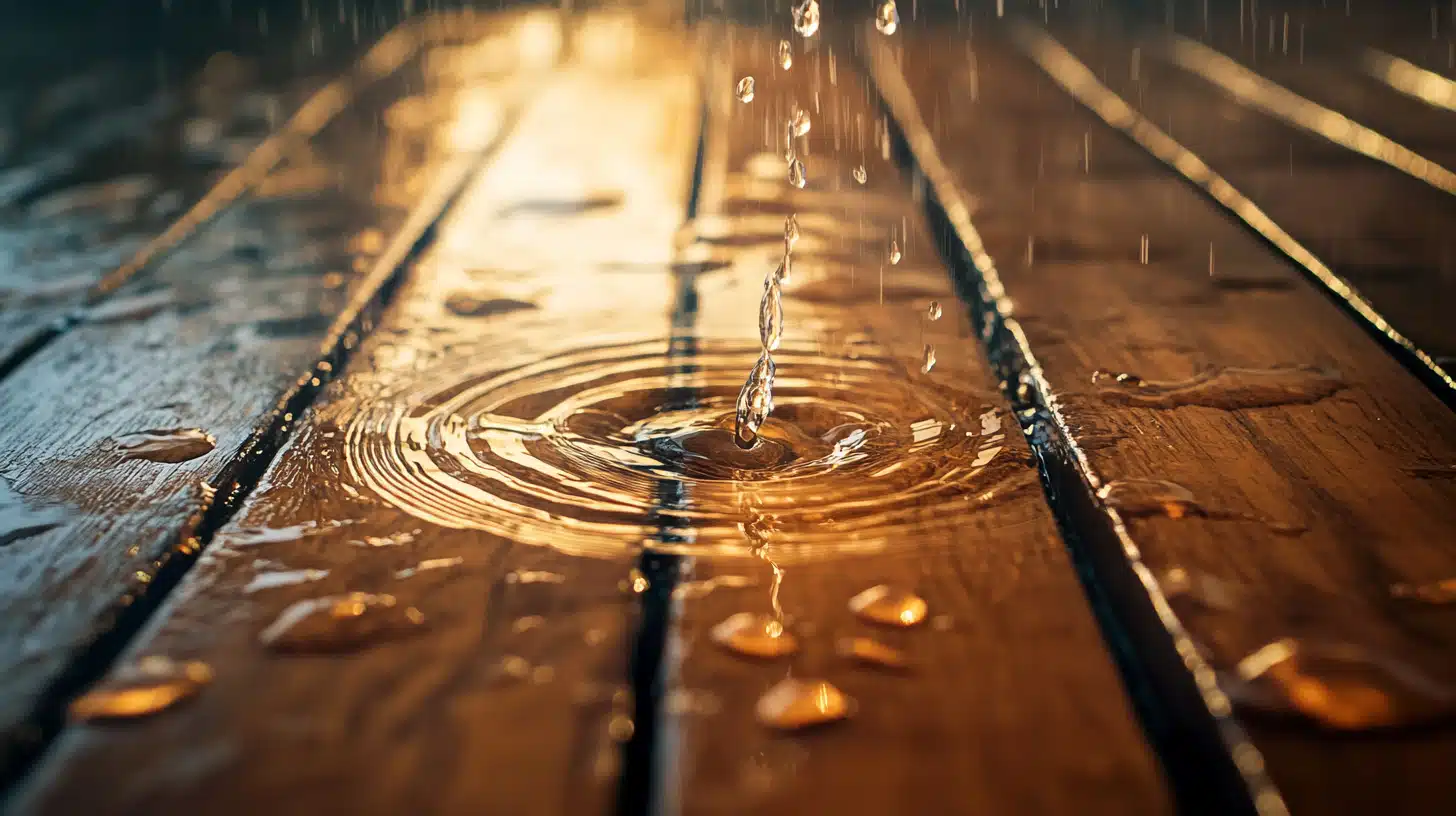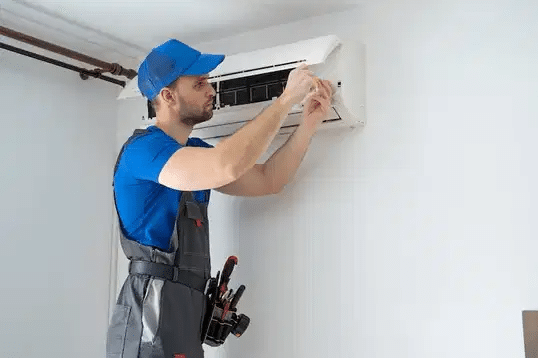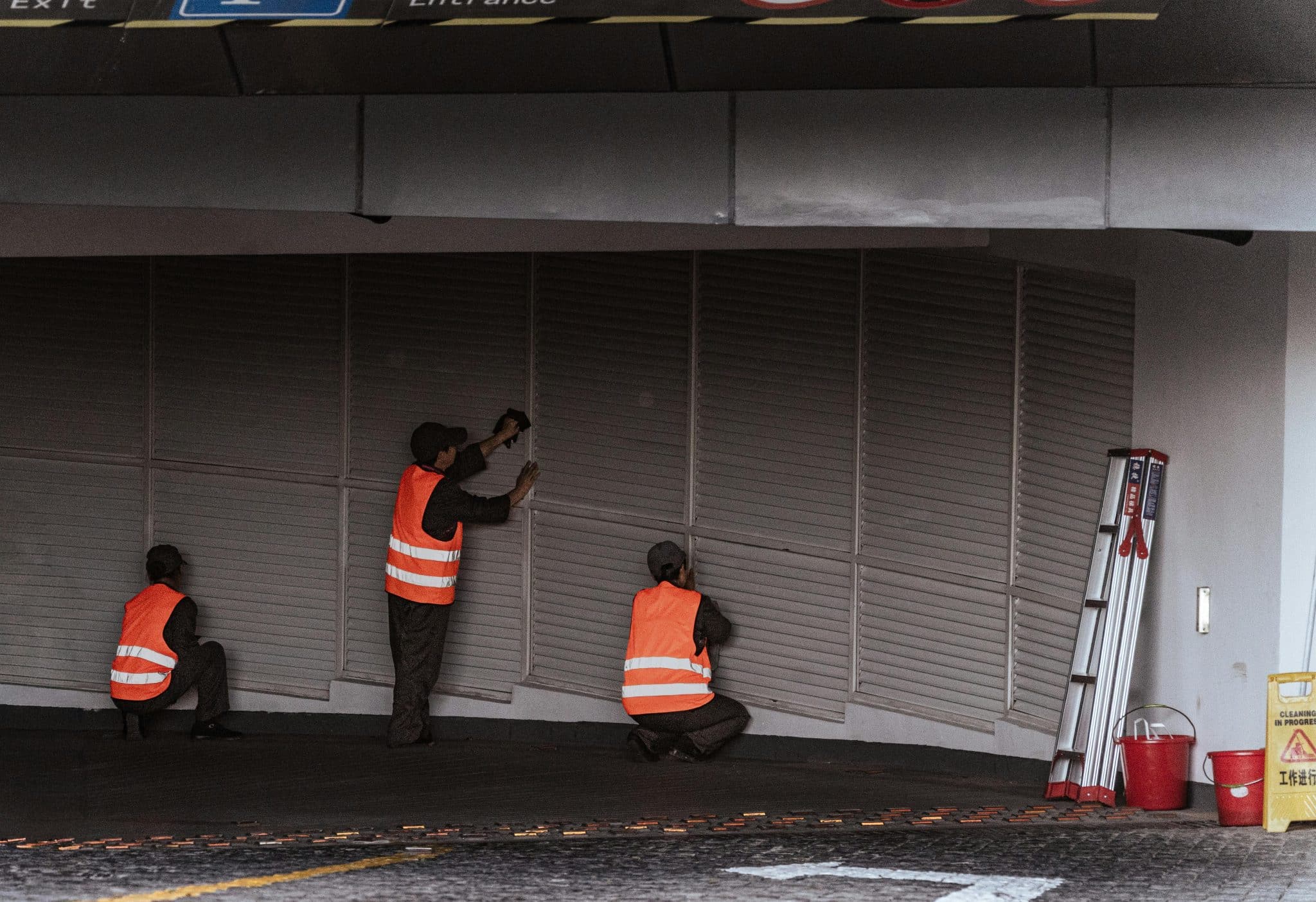A small, persistent leak might seem like a minor nuisance – something to be dealt with later when there’s more time or fewer expenses. However, underestimating the impact of even a tiny water leak can lead to severe financial and structural consequences.
Water has a way of finding its path into hidden corners, and once it does, the damage can escalate quickly. Addressing small leaks promptly isn’t just about saving money but protecting your home and health.
Immediate Financial Impact
A slow drip from a faucet or an unnoticed leak in a pipe can quietly inflate utility bills. Over time, even minor water loss accumulates. A single leaky faucet can waste hundreds of gallons of water every month, translating to a noticeable increase in monthly costs.
More insidiously, water leaking into walls or ceilings can cause hidden energy inefficiencies. For instance, undetected roof leaks can allow moisture to infiltrate insulation, reducing its effectiveness and leading to higher heating and cooling bills.
In New Jersey, where seasonal weather changes can exacerbate roof vulnerabilities, addressing leaks promptly with roof leak repair New Jersey specialists is crucial. By acting quickly, homeowners can avoid the cascading financial impacts often accompanying ignored water damage. Appliances like water heaters and HVAC systems are also spared from overworking, preventing additional expenses from entering your budget.
Structural Damage
What starts as a small leak can wreak havoc on a home’s structure. Water is persistent, and seeping into the foundation compromises the integrity of the entire building. Over time, it can erode concrete, create cracks, and even shift the foundation. The result is not just aesthetic – this type of damage can threaten the safety of the home’s occupants.
Inside the house, water damage is just as relentless. Leaks often manifest as unsightly stains on ceilings or walls, but the problem extends far more profoundly. Moisture trapped in drywall leads to peeling paint, sagging ceilings, and rotting wood. Floors can warp or become spongy underfoot, while hidden water damage can weaken subflooring, creating hazards that might not surface until repairs are much more expensive.
Deterioration of structural components is a costly and time-consuming issue. What could have been resolved with a simple pipe fix often escalates into a full-scale restoration project involving water damage cleanup, carpentry, plastering, and potentially even foundational repair.
Health and Safety Risks
The dangers of a small leak aren’t limited to structural or financial concerns. Damp conditions create a breeding ground for mold and mildew, which thrive in dark, humid areas such as behind walls or under flooring. The spores released by mold can cause severe respiratory problems, particularly for individuals with allergies or asthma.
Mold remediation, while effective, can be expensive and disruptive, mainly when the infestation spreads unchecked. Water leaks also present a significant safety hazard. Moisture near electrical wiring is a recipe for disaster, as it increases the risk of short circuits or even fires.
In severe cases, prolonged exposure to water can lead to structural instability, where beams or walls lose their strength, posing a collapse risk. Addressing leaks early isn’t just a matter of saving money – it’s a crucial step in safeguarding the health and safety of everyone in the household.
Property Value Impact
A home’s value is tied to its condition, and water damage – even from a small leak – can severely impact this. Potential buyers are often wary of properties with a history of water issues. Visible signs like water stains or warped floors can instantly deter interest.
Even when these issues are fixed, the documentation of past damage can remain a red flag, reducing the home’s appeal in a competitive market. Water damage isn’t just cosmetic; it signals deeper issues that may require costly repairs. Buyers might demand a reduced price or ask for repairs to be completed before closing.
A neglected leak can lower appraisal values, complicating refinancing or insurance processes. Over time, a small oversight can ripple into significant financial losses, far outweighing the cost of promptly addressing the issue.
In addition, insurance companies often scrutinize claims related to water damage. If they determine the damage resulted from neglect, coverage may be denied. Homeowners then face the burden of repair costs and increased premiums for future claims.
Additional Complications
Small leaks often cause more significant problems beyond the immediate damage they cause. Damp conditions are beautiful to pests such as termites, ants, and rodents. These unwanted guests exacerbate damage and add pest control expenses to the homeowner’s growing list of concerns.
For instance, termites thrive in moist wood and can compromise the structural integrity of a home much faster than many expect. Legal and insurance complications can arise as well. A leak that spreads beyond property boundaries can lead to liability issues in multi-unit buildings or homes close to neighbors.
Damage to adjacent homes or shared structures often results in expensive legal battles or claims. Insurance companies may also push back, citing neglect as a reason to deny payouts, leaving homeowners to shoulder the full burden of repairs and any associated liabilities.
Prevention and Solutions
Early detection is the key to avoiding the cascading consequences of a small leak. Routine plumbing inspections can uncover potential issues before they escalate. Monitoring for subtle changes, such as unexplained spikes in water bills or fluctuating water pressure, often reveals hidden leaks.
Checking the water meter when no water is in use can also help identify undetected issues – if the meter is still moving, there’s likely a leak. Beyond self-monitoring, addressing leaks promptly through professional intervention is crucial.
Plumbing professionals have the tools and expertise to locate and repair leaks effectively. They can assess whether a visible leak is part of a more significant problem, such as corroded pipes or faulty connections. Investing in immediate repairs reduces costs and prevents the long-term damage that often stems from delaying necessary fixes.
Real-Life Case Studies
The stories of homeowners who ignored small leaks illustrate the high cost of procrastination. One case involved a seemingly harmless drip under a kitchen sink. The leak, left unaddressed for months, eventually soaked into the cabinetry and flooring, creating a mold infestation that spread to the adjacent walls.
What could have been resolved with a quick repair turned into a full kitchen renovation costing thousands of dollars. On the other hand, there are success stories where early intervention saved the day. A homeowner who noticed a slight drop in water pressure and acted quickly discovered a hidden leak in the bathroom.
A simple repair costing less than $200 prevented extensive damage to the subfloor and the ceiling below, sparing the family a hefty repair bill and weeks of inconvenience.
Small leaks are more than just minor annoyances – they are silent threats with the potential to wreak havoc on your home, health, and finances. From escalating utility bills and structural damage to health risks and reduced property value, the consequences of ignoring a small leak can be devastating.
Preventative measures like regular inspections and quick repairs save money and provide peace of mind. The cost of addressing a leak early is a fraction of what you might pay for extensive damage down the road.
Prioritizing home maintenance and acting promptly at the first sign of trouble ensures your home remains a safe, comfortable, and valuable space for years to come. Don’t wait for a small problem to become big – protect your investment and act today.








